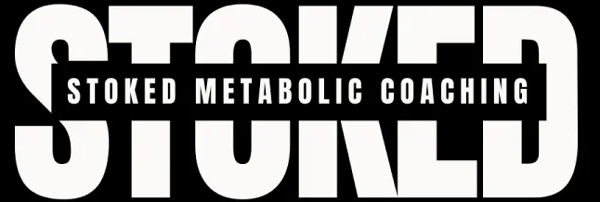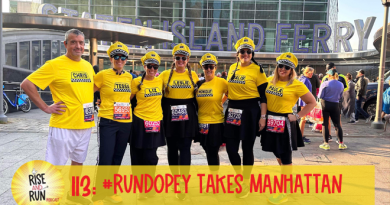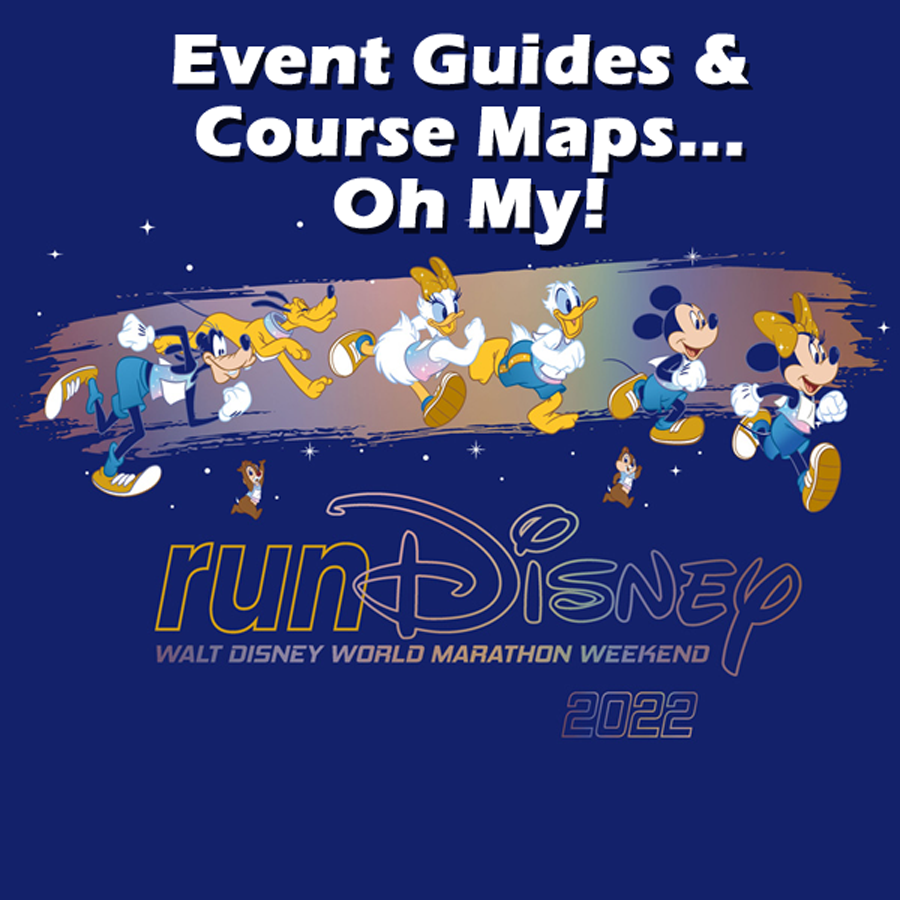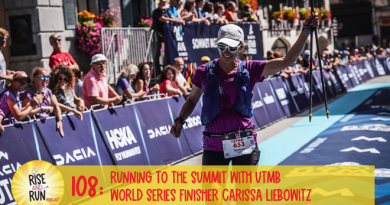Ep 190 Going Ballistic With Award-Winning Journalist Henry Abbott
What if injuries aren’t inevitable, but predictable events with upstream warning signs we can actually address? Henry Abbott is an award-winning journalist. He is also the founder of True Hoop. Henry joins us to discuss his groundbreaking book “Ballistic: The New Science of Injury-Free Athletic Performance”.

The episode kicks off with a intro from Michelle in Erie Pa and Melony at Springtime Surprise.. If you’d like to introduce an upcoming episode, please reach out to us on our social media. You can also email us, or leave us a message on our hot-line (727-266-2344).
The Science Behind Injury-Free Athletic Performance with Henry Abbott

The Rise and Run podcast recently welcomed Henry Abbott. He is the founder of True Hoop and author of “Ballistic: The New Science of Injury-Free Athletic Performance.” This fascinating conversation offered significant insights for runners seeking to prevent injuries and improve performance through better biomechanics and mental training.
Abbott’s journey into the science of athletic movement started with his work as an NBA journalist. In this role, he observed the universal challenge of injuries among professional athletes. Even with access to world-class trainers and resources, NBA players still struggle with injury prevention. The league essentially has a 100% injury rate. This reality prompted Abbott to explore deeper solutions, especially as someone with hip dysplasia who experienced his own running-related issues.
The book’s title “Ballistic” refers to a concept that’s central to understanding athletic performance. While many associate the term with weapons, in biomechanics it simply means “airborne.” Abbott explains that the biggest forces in sports don’t come from lifting weights or being pushed—they come from landing. When athletes are airborne and return to the ground, these impact forces create significant stress on the body. Interestingly, the solution to handling these forces safely also involves ballistic training.
Abbott’s discussion about fatigue was one of the most surprising revelations from the interview. He spoke about fatigue as an emotion rather than a physical limitation. He shared a fascinating experience. He was taught breath-holding techniques that allowed him to hold his breath for over four minutes. This was achieved after just minimal instruction. It was something he never thought possible. This demonstrates how our brains often create limitations that our bodies haven’t actually reached. Athletes who understand this concept can push beyond perceived limitations during training and competition.
Regarding specific injury prevention techniques, Abbott emphasized the importance of proper landing mechanics. At P3 (Peak Performance Project) in Santa Barbara, researchers have identified “translation” as a significant red flag. It occurs when an athlete lands on the outside of the foot. The weight rolls inward more than 25 degrees. This windshield-wiper motion of the shin presents a major risk for injuries, particularly ACL tears. Other warning signs include landing toe-down, which is followed by heel slams transferring force directly to the knee. Abbott also highlights “blending,” or not properly absorbing impact forces through the hips.
For runners specifically, Abbott recommends strengthening the muscles beneath the knee. This includes not just the visible calf muscles, but also the deeper soleus and tibialis posterior. These muscles help create what biomechanists call a “stiff ankle.” This doesn’t mean immobility. Instead, it refers to an ankle that effectively bounces and returns energy. The goal is to land in a way that allows the elastic elements of muscles to store energy. This efficient energy return reduces both injury risk and energy expenditure.
Perhaps most encouraging for aging runners was Abbott’s emphasis on movement vocabulary. He highlighted the idea that our bodies benefit from diverse movement patterns. This is especially true when these patterns are established early in life. Younger athletes have advantages in learning new movements. However, Abbott stressed that it’s never too late to expand your movement skills. Consistent, intentional training can help anyone develop better biomechanics.
The conversation concluded with practical advice for injury prevention. Instead of obsessively analyzing running form while in motion, focus on building strength and mobility in targeted training sessions. Then, trust your body to apply those improvements naturally during runs. As Abbott put it, it’s like “putting the keys in the ignition of a sports car”. First, give your body the capability. Then let it perform.
The Race Report Sponsored by Stoked Metabolic Coaching


In the Race Report Spotlight, we hear from 11 runners across four countries who completed the London Marathon. They share their experiences with punishing heat and incredible crowd support. They also describe the emotional highs of crossing Tower Bridge and finishing near Buckingham Palace. Their stories capture both the challenge and the magic of completing a World Major Marathon.
You might be battling recurring injuries. You could be seeking performance improvements. Or you may simply want to run with less pain. This episode offers invaluable insights. These insights might just transform your relationship with running.
Show Links
Rise and Run Podcast is supported by our audience. When you make a purchase through links on our site or social media channels , we may earn a affiliate commission.
Henry Abbott’s Links
Ballistic Book @henryabbott.com
True Hoop Website
Peak Performance Project
Rise and Run Links
Rise and Run Podcast Facebook Page
Rise and Run Podcast Instagram
Rise and Run Podcast Website and Shop
Rise and Run Patreon
Runningwithalysha Alysha’s Run Coaching (Mention Rise And Run and get $10 off)
Sponsor Links
Magic Bound Travel
Stoked Metabolic Coaching
Affiliate Links
The Start Line Co.
Fluffy Fizzies
Mona Moon Naturals
Rise and Run Amazon Affiliate Web Page
Kawaiian Pizza Apparel
GoGuarded






